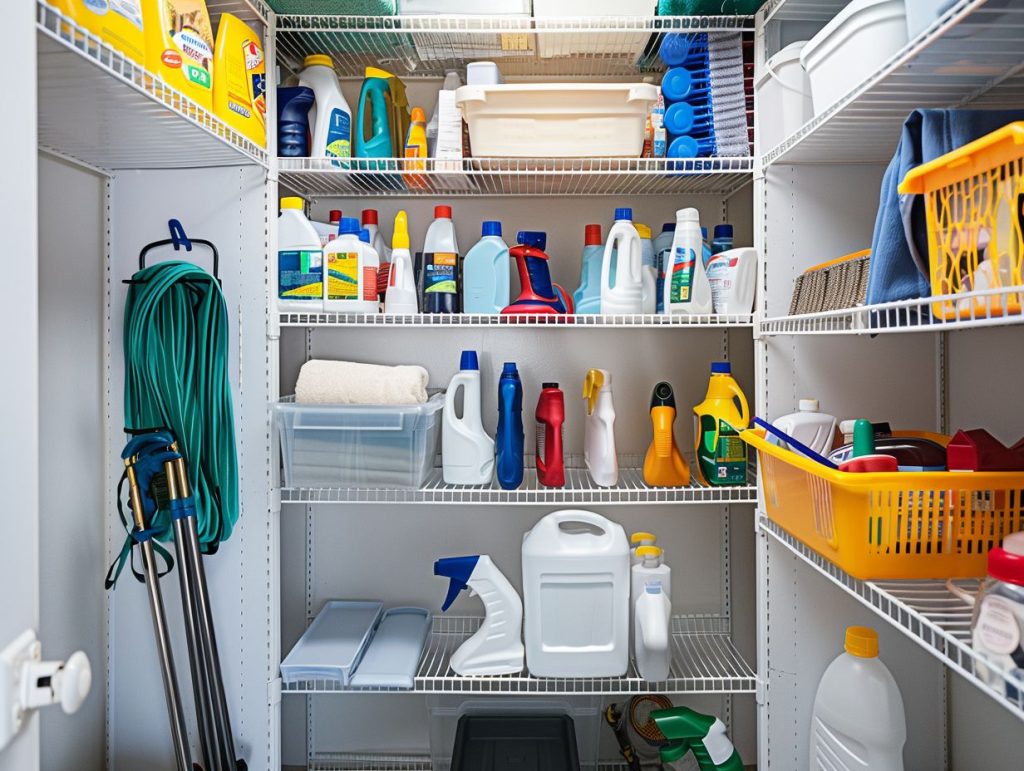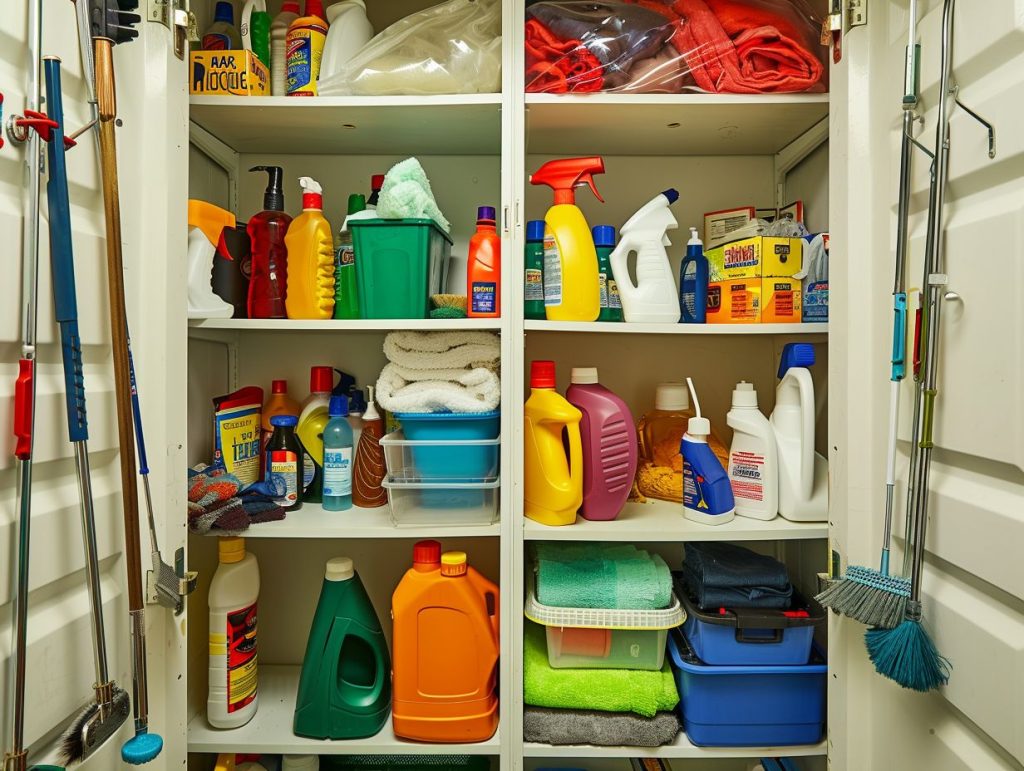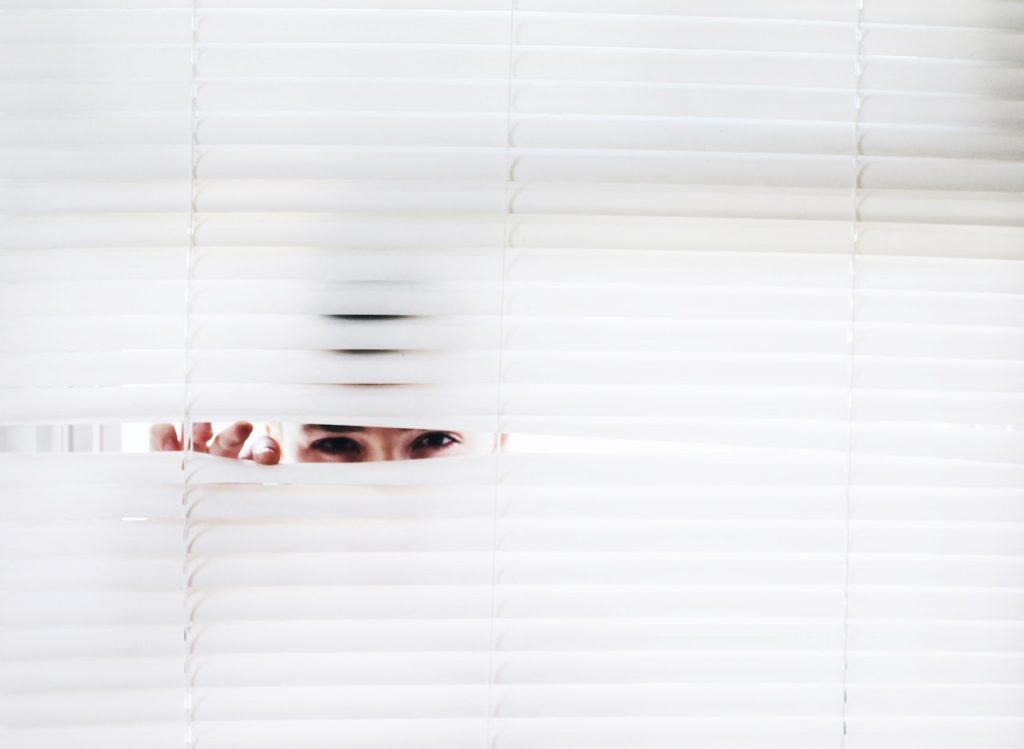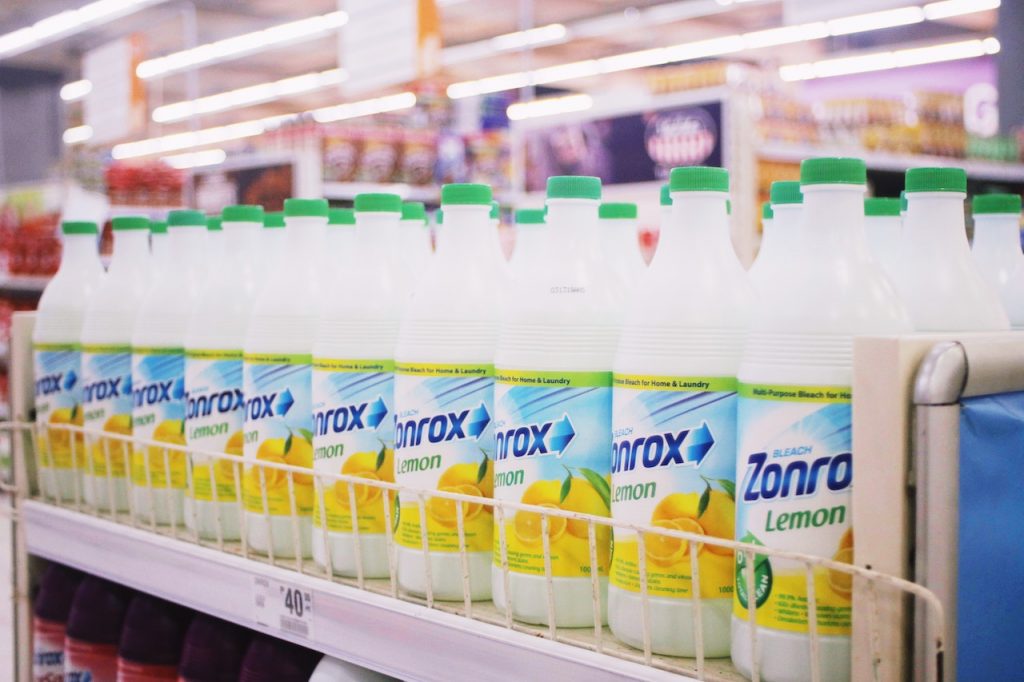How To Cut On Cleaning-Related Spending And Keep Your Home Neat
The Money We Wash Down the Drain
If your monthly shopping bill feels suspiciously high, your cleaning cupboard might be the culprit. Yes, that shiny row of plastic bottles with their punchy promises and rainbow labels is likely rinsing more cash from your wallet than you think. It’s easy to fall for it. Flashy ads, slick slogans, and shelves full of miracle potions convince us we need a special cleaner for every surface, stain, and smell. But here’s the kicker—keeping your home clean doesn’t need to cost the same as your council tax.
I learnt this the hard way. After a rainy Saturday spent reorganising under the sink, I found no fewer than 24 cleaning products. I’d spent years buying into every miracle stain remover and lavender-scented spray with the enthusiasm of someone auditioning for a supermarket sweep. But the truth? I only ever used about five of them. The rest? Wasted money and plastic, shoved into dark corners.
So let’s get honest. If you’re tired of watching your hard-earned cash disappear in clouds of foam and lemon-scented mist, it’s time to rethink the way you clean. Here’s how you can tidy your flat, house, or one-bed studio in Catford, Clapham or Camden—without bankrupting yourself.
Stop Believing the Rubbish You See on TV
Ads Are Designed to Sell, Not to Serve
You know the ones. That mum gleefully scrubbing away tomato sauce with her bright-eyed toddler playing beside her. The dish soap that apparently has the power of ten dragons. The loo cleaner that practically performs CPR on your plumbing. Entertaining? Yes. Honest? Not quite.
TV and online ads are designed to trigger your fears and make you believe your house isn’t clean enough. They toss around terms like “ultra-strength” and “deep clean technology” as if you’re dealing with radioactive grime. But half the time, the cleaning results are staged. That miracle cream that melts limescale on telly? Try it on your real-world tap and you’ll likely end up scrubbing for ages, wondering if you’re using it wrong.
Don’t get sucked in by brand loyalty either. Just because a bottle costs a fiver and has a jazzy label doesn’t mean it works any better than the supermarket’s own brand sitting quietly next to it.
The Most Expensive Isn’t Always the Most Effective
Test, Try, Repeat
Here’s what I started doing: I played cleaning scientist. I bought cheap, middle-of-the-road, and brand-name versions of the same type of product—floor cleaner, toilet gel, all-purpose spray. Then I tested each one in different spots around the house. What I found was this: often, the cheaper ones did the job just as well. Sometimes better.
That £1.30 supermarket spray? Took care of the greasy hob in one wipe. The £4.99 “miracle” spray? Needed multiple goes and smelled like a chemical weapon. It’s not about spending more. It’s about learning what works in your home, with your surfaces, and your lifestyle. And let’s face it—most of us aren’t trying to pass a white-glove test from the Queen. We just want the counters to be clean and the toilet to stop smelling like something crawled into it and gave up.
The best way to save? Get curious. Test new products. Keep receipts. Make notes. Your best cleaner might not have a TikTok account—but it will do the job quietly and cheaply.
Multi-Purpose Cleaners: The Secret Weapon
Three Bottles Can Rule Them All
Here’s the real scandal—most households have one cleaner for the kitchen, another for the bathroom, something for the floor, one for glass, another for wood, yet another for stainless steel… and before you know it, your cleaning cupboard looks like aisle 12 in B&Q.
Cut through the nonsense. A solid multi-purpose spray, a good degreaser, and a floor cleaner will do 90% of your cleaning jobs. Multi-purpose doesn’t mean weak. It just means practical. And most of the time, those specific cleaners aren’t doing anything your general one can’t handle.
Here’s my go-to: one bottle of multi-surface spray (the kind safe for wood, tile, metal), a concentrated floor cleaner you can dilute, and a spray for limescale and grime. Add a couple of old-school microfibre cloths and you’re sorted.
You don’t need a separate spray for your fridge and your microwave. They’re not in different chemical dimensions. Keeping it simple means less clutter, fewer half-used bottles, and more space for things that matter—like biscuits.
Homemade Recipes for Lighter Jobs
Herbs, Oils, and Good Smells
Let’s not pretend homemade cleaners can do everything. If your shower screen’s covered in hard water stains from the ’90s, you’ll need something industrial. But for light jobs, daily spritzes, and good smells? Homemade wins.
You can make a lovely-smelling spray with water, white vinegar, and a few drops of essential oil. I use tea tree oil and lemon in the kitchen, lavender and rosemary in the bathroom. It freshens the place up without knocking you out with chemicals.
Dried herbs tucked into muslin cloths make great drawer fresheners. A pot of bicarbonate of soda with a few drops of oil left open in the bathroom soaks up musty smells. No aerosols, no artificial “fresh rain” scent that somehow smells like bubblegum and bleach.
These options cost pennies. And they feel more… human. Less sterile. Like your home smells nice because it’s loved, not because it was fumigated.
Make a Strict Budget and Stick to It
It’s Not Petty, It’s Smart
Most of us wouldn’t bat an eyelid at spending £15 on a takeaway. But we wince at the idea of “budgeting” for cleaning products. It feels petty, right? But here’s the truth—cleaning supplies are one of those quiet money-leakers. A few quid here, a few more there, and suddenly you’re spending over £300 a year on liquids that mostly get poured down the sink.
Take one Sunday evening. Pull up your last three months of supermarket receipts. Add up everything spent on cleaning gear. I did this and nearly fell off my chair. I could’ve taken a weekend trip to Brighton with what I’d spent on “extra shine” toilet blocks and anti-bacterial kitchen wipes.
So now I budget: £15 a month. That’s it. If I want something pricier, I wait till it’s on offer or I skip something else. This forces me to make smarter choices. If the money’s not in the envelope, the cleaner doesn’t go in the trolley.
You can even rotate your purchases—one month you buy floor cleaner and toilet cleaner, the next you top up washing-up liquid and kitchen spray. Keep a list. Track what you use. You might find your own “holy trinity” of products that do most of the work, and the rest? Just marketing fluff.
Final Thoughts (Without Saying That Word)
Cutting back on cleaning spend doesn’t mean living in filth. It means questioning the things we’ve been sold. It means picking up a bottle and asking, “Do I need this? Or am I just hoping it’ll make my home smell like a hotel lobby?”
If you stop believing every claim, start testing for yourself, simplify what you use, get a little crafty with your sprays, and give your budget some teeth—you’ll keep your home just as clean. Maybe even cleaner. And your bank balance will thank you. You don’t need thirty products. You need three, some vinegar, and a bit of common sense.
And if anyone tells you your house doesn’t smell like a meadow in spring? Just smile. You’re not trying to impress anyone. You’re just not daft enough to spend £8 on a toilet duck that sings.





